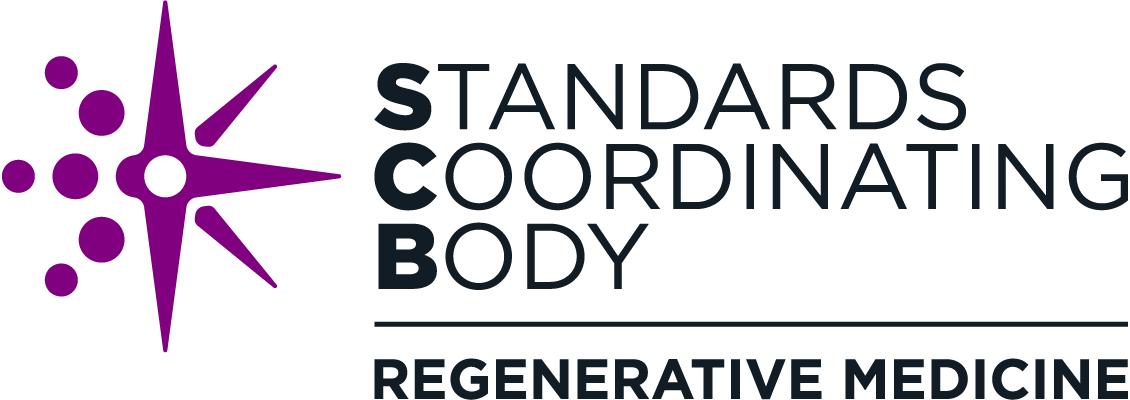Working Group Spotlight: Characterization of Human Cells for Therapeutic Use
About the Working Group
The cell characterization standard effort began in early 2009 when the National Institute of Standards and Technology (NIST) and industry experts identified the need for standards to aid in assay selection for characterization of cells for regenerative medicine products. In 2017, SCB helped to catalyze the project by holding an open call for stakeholders to determine interest and increase awareness and engagement on the topic. Drawing from this group of interested stakeholders, SCB formed a working group and has continued to support NIST in the development of the draft standard.
The Challenge
Cell characterization is critical to product development in all regenerative medicine sectors. It encompasses the assessment of cell identity, purity, biological activity, and viability, among other key cell attributes. There are many assays available for measuring these attributes, and regenerative medicine stakeholders often have difficulty choosing appropriate assays and methods for achieving their end goal. Standards in this area will help stakeholders identify the best assays for their purpose and guide them in validating those assays as consistently as possible.
Accomplishments: Standard Undergoing Finalization
The standard is currently in the Final Draft International Standard (FDIS) ballot stage. FDIS is one of the final steps of the ISO standards development process, during which a document receives final editorial changes. The standard is expected to be published by the end of the year, at which time SCB plans to develop an implementation course on how to use the standard.
The SCB-coordinated working group has helped accelerate the standards development process by engaging experts to contribute to the draft, facilitating discussions on challenging topics, and supporting NIST with drafting and responding to comments.
Why it Matters
Once published, the standard will not only help product developers more easily decide which assays to use but also give regulators greater confidence in the decision-making processes of regenerative medicine product developers. The standard will also help regenerative medicine researchers and product developers to:
Select and design analytical methods that are fit for purpose
Establish critical quality attributes (CQAs) for a cellular therapeutic product
Determine safety and efficacy of a regenerative medicine product to gain regulatory approval
Get Involved
With the standard nearing publication, the cell characterization working group is no longer meeting. If you are interested in contributing to the advancement of standards in this topic area, the following initiatives are under way for the related issues of cell viability and cell counting, which are integral to cell characterization:
SCB-coordinated cell viability standard working group: recently initiated a new work item with ISO and is accepting new working group members
NIST Flow Cytometry consortium: currently accepting new members
Please contact SCB if you are interested in joining one of these initiatives or would like to be contacted with updates on the cell characterization standard publication or implementation course.
